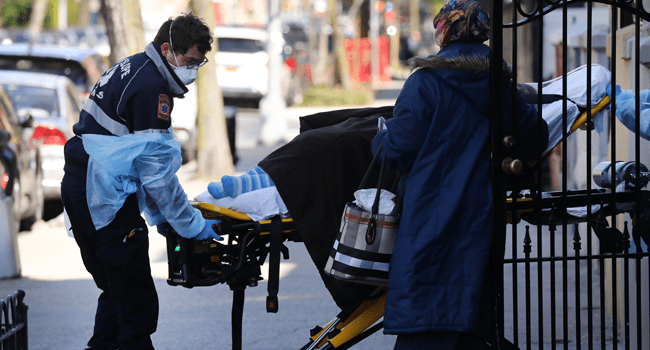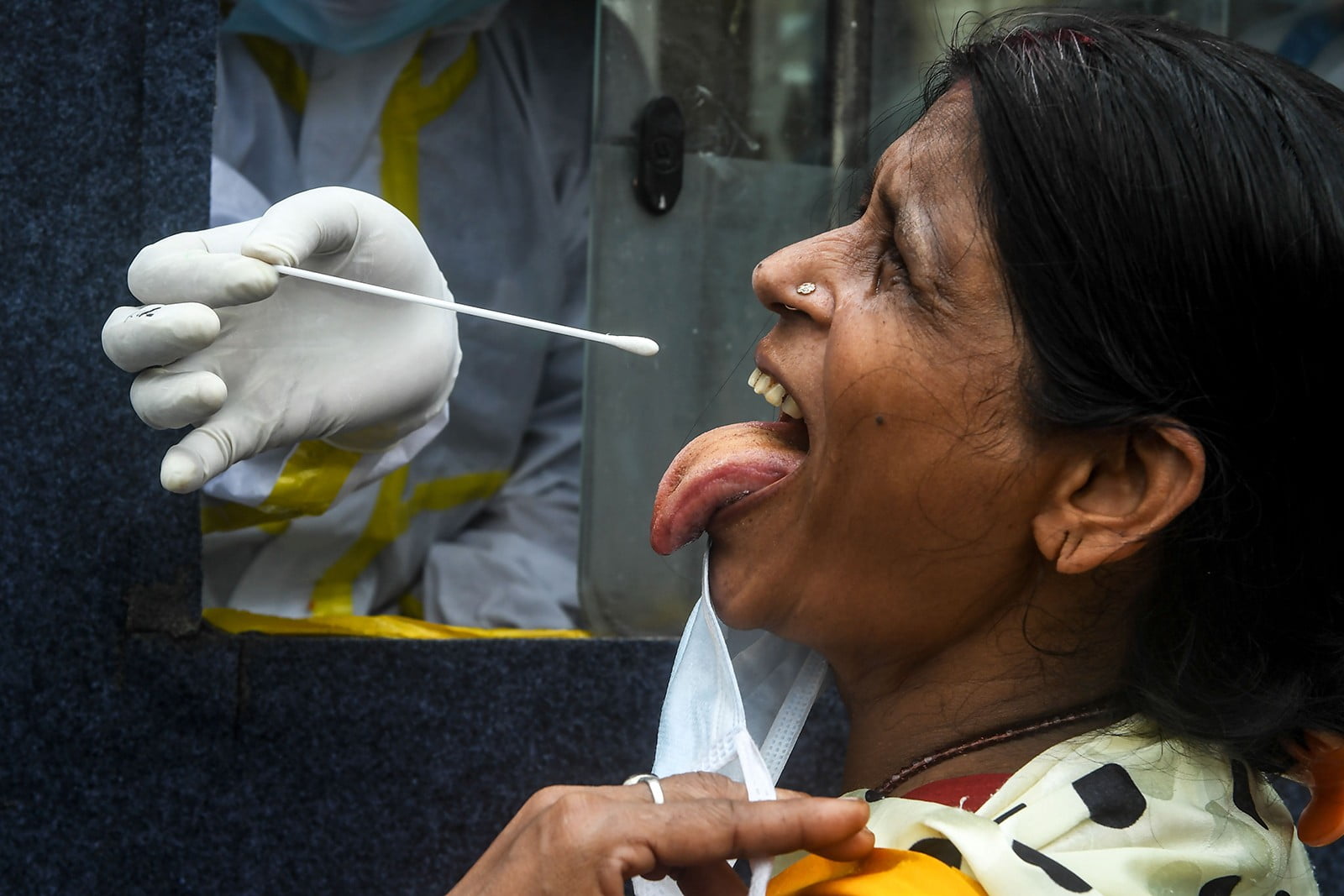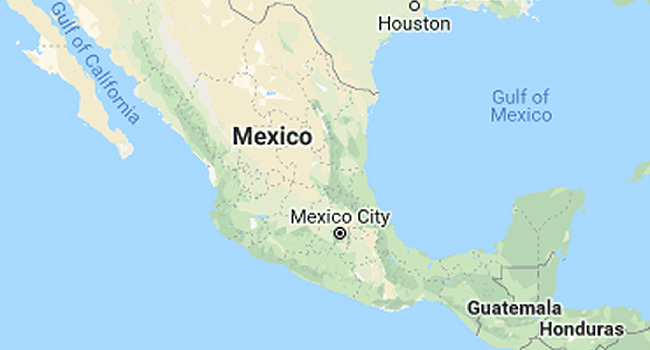Banks are considering letting some employees keep working from home indefinitely
Hotels are trying to figure out a way to let arriving guests go straight to their rooms without signing in at the reception desk.
New York — the financial, cultural and tourism capital of the United States — is gingerly preparing to get back to business after more than a month of coronavirus shutdown.
“‘When will we return to work?’ is a question on many people’s minds these days,” said Jane Fraser, the number two official at Citigroup. She has assembled a committee of veteran bankers to come up with conservative scenarios for a return to something resembling normalcy.
Most Citigroup employees currently work from home, including CEO Michael Corbat.
Like its rivals, Citi has set up market-watching computer terminals for traders at home, although some traders have been sent to especially disinfected facilities to do their jobs.
The bank anticipates that some employees will be reluctant to return to work, with no treatment or vaccine yet available for COVID-19.
For those employees “we will want to do our best to provide them the flexibility to continue working remotely,” said Fraser.
Financial services represents nearly 10 percent of private sector jobs in the city, which is home of the New York Stock Exchange, Nasdaq and headquarter offices of several large banks. Finance also represents 29 percent of the city’s GDP.
– In no hurry –
At JPMorgan Chase, one of the city’s largest employers, the return to work will be modeled somewhat after how New York’s economy was restarted after the 1918 Spanish flu epidemic.
“Employees will return to work on-site in a phased approach over a period of time,” read an internal memo seen by AFP.
This won praise from Patrick Foye, chairman and CEO of the Metropolitan Transportation Association, who said that staggered office shifts will reduce congestion, and chances of contagion, on the city subway, trains and buses.
Having people come in three days a week, as opposed to five, as well as having them stay at least six feet apart, would be helpful measures, Foye told journalists in a recent video conference.
New York is the most densely populated US city, with 11,000 inhabitants per square kilometer.
The epicenter of the US coronavirus pandemic, New York has been through crises before, including the September 11, 2001 terror attacks and the great recession of 2008.
But those challenges are minor compared to the task of reopening the Big Apple this time.
– Big budget deficit –
Measures taken to curb the spread of the virus will probably destroy 475,000 jobs through March 2021 and leave New York with a 9.7 billion dollar budget deficit, according to the Independent Budget Office.
New York Governor Andrew Cuomo has said the city will gradually return to business, area by area, but gave no date or conditions.
The city’s 25,000 bars, restaurants, and night clubs are wondering if they will be allowed to operate full-steam in a world now shaped by social distancing.
“If you have to open up 50 percent reduced occupancy — we understand that from a public health perspective, but many businesses are not financially viable,” said Andrew Rigie, head of the New York City Hospitality Alliance, which represents restaurants and nightlife venues.
Many businesses have unpaid rent and bills, and no savings to dip
into. Many small businesses have also yet to receive emergency loans promised in massive relief packages approved by the US Congress, as banks tasked with disbursing the money prefer to give it to larger companies.
A huge question mark also hovers over everything: will people be comfortable gathering in large groups in small spaces again?
“We do not know what consumer purchasing behavior is going to be like,” said Rigie. He estimates that at least a quarter of the city’s nightlife spots will shut down.
Coogan’s, a popular Irish pub and restaurant in Manhattan, was one of the early victims, shuttering on April 21.
On Broadway, at the Metropolitan Opera and in museums, the city is getting ready to welcome people wearing masks. The idea that life will not return to normal for some time is sinking in.
Nor is it clear if tourists — 65 million in 2019, many of whom came to see Broadway shows — will return
in large numbers.
AFP



